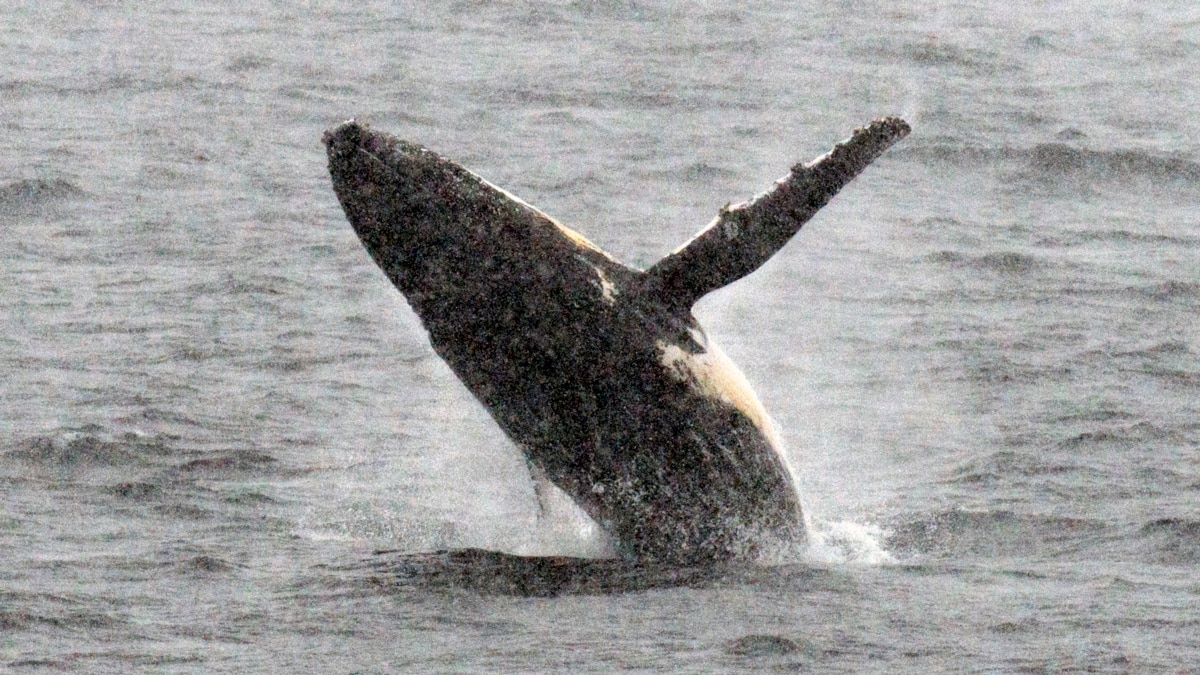
A mission is underway to retrieve scientific data from the rugged ocean floor in the Southern Ocean, formerly known as the Antarctic Ocean, that could explain what triggers underwater earthquakes and tsunamis.
Some of the world’s most violent underwater earthquakes are unleashed beneath the hostile waters of the Southern Ocean, but researchers don’t know why. Sophisticated noise and motion sensors could help unlock the secrets of how Tectonic plates – or pieces of the Earth’s crust – start to collide, a process known as subduction.
For the past year, an array of 27 seismometers positioned on the ocean floor has formed a giant telescope pointing to the planet’s core. The instruments are now being retrieved.
Professor Hrvoje Tkalčić, a chief scientist from the Australian National University’s Research School of Earth Sciences hopes the study will help to explain how and why earthquakes occur.
“We cannot predict when exactly they will happen, how large they will be. But we can understand better their physical mechanism and we can also understand better the Earth’s structure in that area, and this is critical to predict the propagation of the seismic waves from the hyper-center of these earthquakes to any other point on the Earth’s surface, including a possible generation of tsunami,” Tkalčić said.
Scientists hope the study will give them a better understanding of how earthquakes and tsunamis might affect Australia and New Zealand, which lies within the seismically active region known as the “Pacific Ring of Fire.”
The expedition is scouring some of the world’s steepest underwater mountain ranges to depths of more than 3.5 miles in a remote area known as Macquarie Ridge, halfway between New Zealand and Antarctica.
Researchers say the techniques could also be applied to other oceans.
The international study is a collaboration with various Australian institutions, the University of Cambridge and the California Institute of Technology.
The three-week voyage began in Wellington, New Zealand on November 10.













































